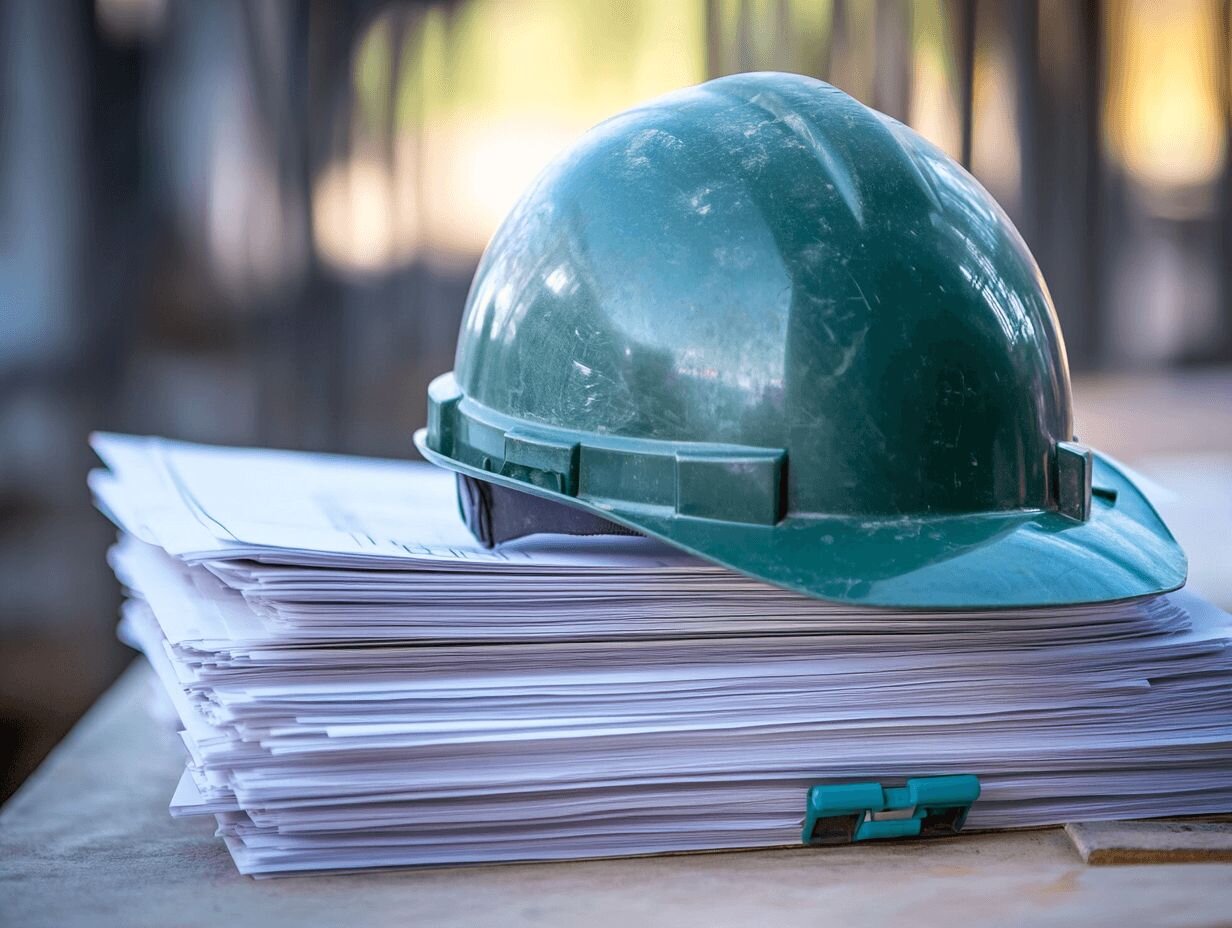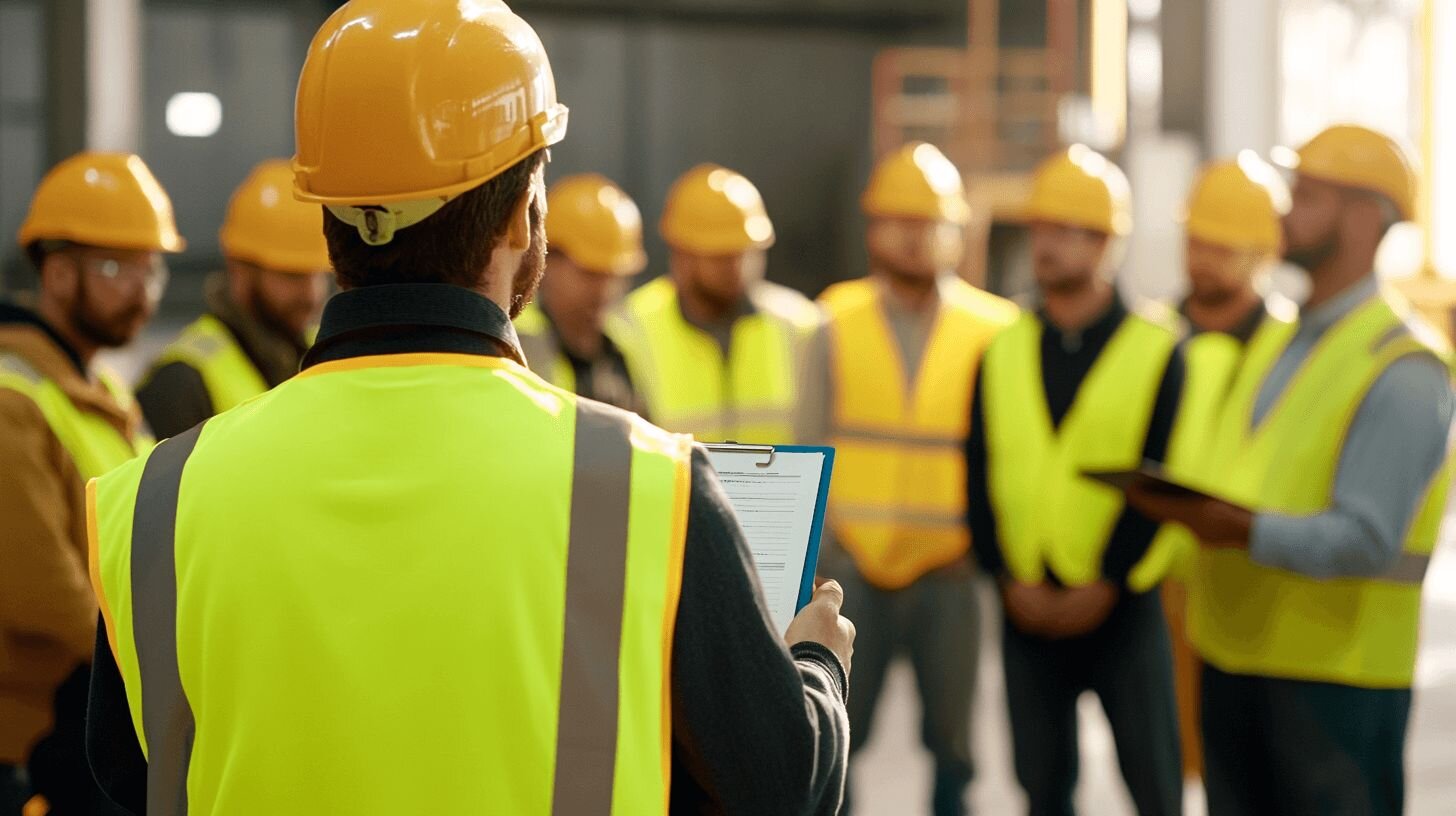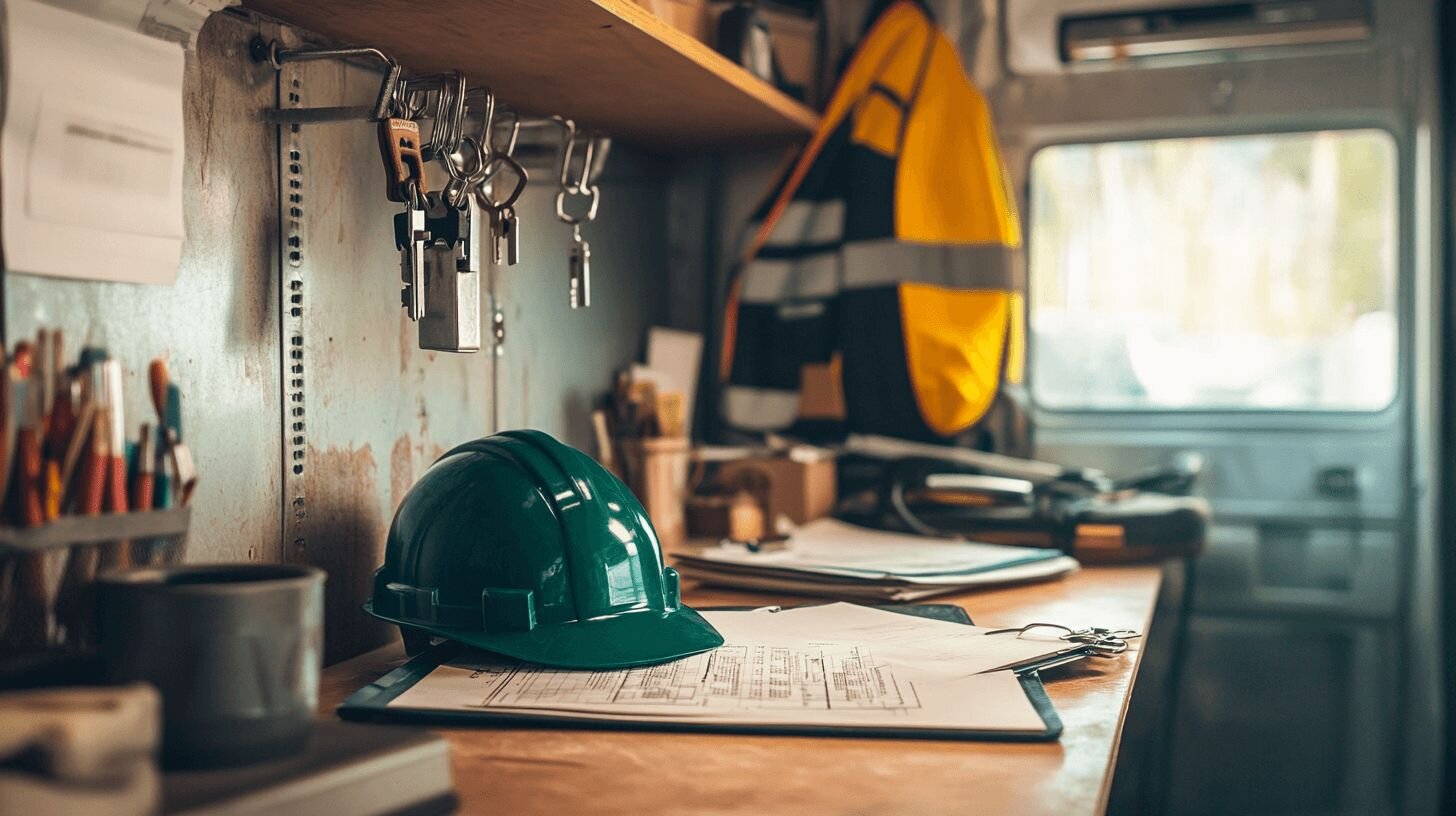The “One Big Beautiful Bill Act” just passed, and depending on where you sit, it’s either a solid win or a frustrating loss. For commercial contractors, especially in HVAC and MEP trades, it’s a mixed bag. Some pieces push the industry forward. Others might not.
Here’s What’s Working in Your Favor
529 education savings plans can now be used to fund skilled trades training. That includes certifications, apprenticeships, and licensing programs for HVAC, plumbing, sheet metal, electrical, you name it. Until now, 529s were mostly limited to college tuition. This is a big deal for the trades, which are facing severe labor shortages.
It opens the door for more families to support non-college career paths without taking a tax hit. “This change helps legitimize skilled trades as a first-choice career and not just a fallback, and that shift in perception is critical to strengthening our workforce pipeline,” said Bart James, CEO of Air Conditioning Contractors of America (ACCA).
If your business has struggled to find good apprentices or convince parents and schools that this work is worth it, this gives you another tool to recruit and train.
Another win: The 20% qualified business income deduction (Section 199A) is now permanent.
If you operate as an S-corp, partnership, or sole proprietorship (which many commercial contractors do), you can continue deducting up to 20% of your qualified business income indefinitely.
Even better, the income limits just increased from $50K to $75K for individuals, and from $100K to $150K for joint filers. That means more contractors can use the full deduction before hitting phase-outs.
This is real tax savings you can count on every year.
But Here’s the Setback
The loss of Section 179D is a significant blow to commercial work.
179D has been a reliable tool for driving private investment in energy-efficient upgrades, like HVAC retrofits, high-efficiency lighting, and envelope improvements. It gave building owners a tax break for making smart choices, and it gave contractors a strong business case to push for better systems.
But it’s going away. The deduction ends for projects starting after June 30, 2026. That gives you a window, but not much of one.
Groups like SMACNA and SMART lobbied hard to keep it, citing reduced strain on urban power grids, better infrastructure resilience, and lower operating costs. They called it a backbone for energy-efficient construction. Congress didn’t listen.
What To Do Now
Move fast. If your clients are even thinking about upgrading building systems, now’s the time to pull those projects forward. Get scopes finalized. Get contracts signed. Start before the incentives disappear.
And while the 179D window is still open, use it. Pitch it in your proposals. Help owners understand the cost savings. Once it’s gone, that leverage goes with it.
At the same time, lean into the 529 shift. Partner with trade schools. Sponsor apprentices. Talk to young workers and their parents about how these funds can make HVAC, electrical, or plumbing training more affordable.
This bill might not be perfect, but it gives contractors new ground to stand on.



